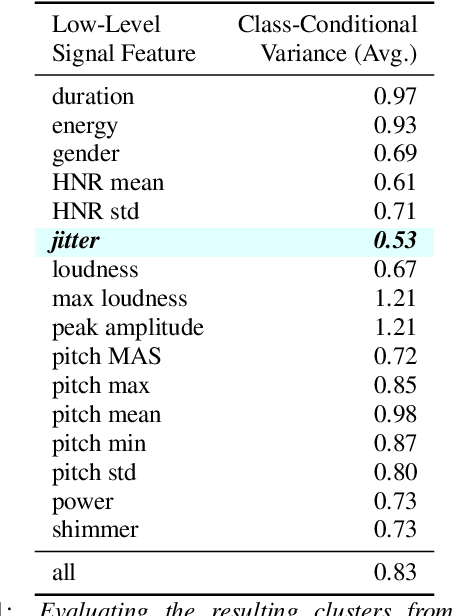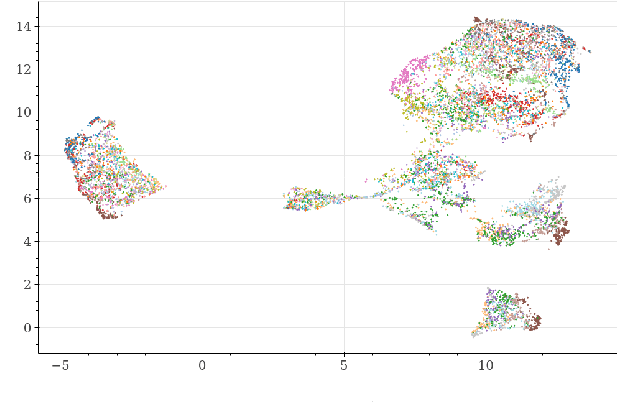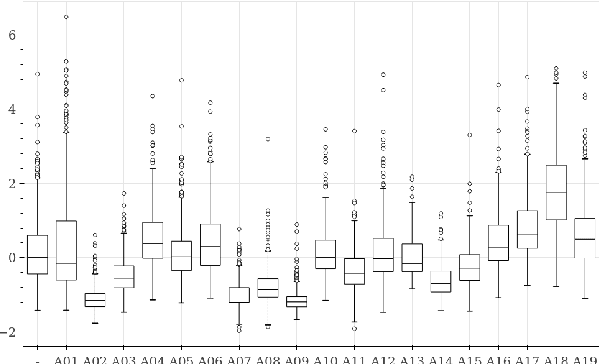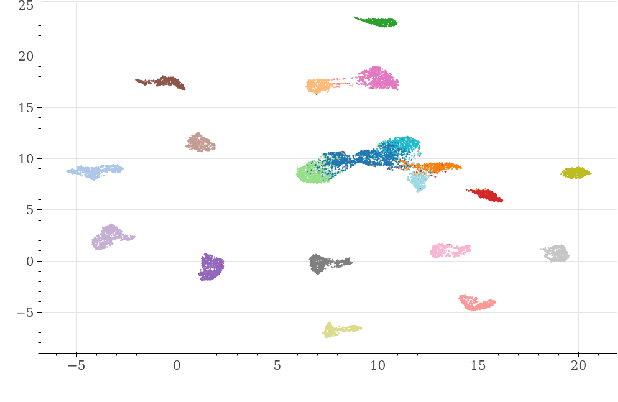Attacker Attribution of Audio Deepfakes
Paper and Code
Mar 28, 2022



Deepfakes are synthetically generated media often devised with malicious intent. They have become increasingly more convincing with large training datasets advanced neural networks. These fakes are readily being misused for slander, misinformation and fraud. For this reason, intensive research for developing countermeasures is also expanding. However, recent work is almost exclusively limited to deepfake detection - predicting if audio is real or fake. This is despite the fact that attribution (who created which fake?) is an essential building block of a larger defense strategy, as practiced in the field of cybersecurity for a long time. This paper considers the problem of deepfake attacker attribution in the domain of audio. We present several methods for creating attacker signatures using low-level acoustic descriptors and machine learning embeddings. We show that speech signal features are inadequate for characterizing attacker signatures. However, we also demonstrate that embeddings from a recurrent neural network can successfully characterize attacks from both known and unknown attackers. Our attack signature embeddings result in distinct clusters, both for seen and unseen audio deepfakes. We show that these embeddings can be used in downstream-tasks to high-effect, scoring 97.10% accuracy in attacker-id classification.
 Add to Chrome
Add to Chrome Add to Firefox
Add to Firefox Add to Edge
Add to Edge